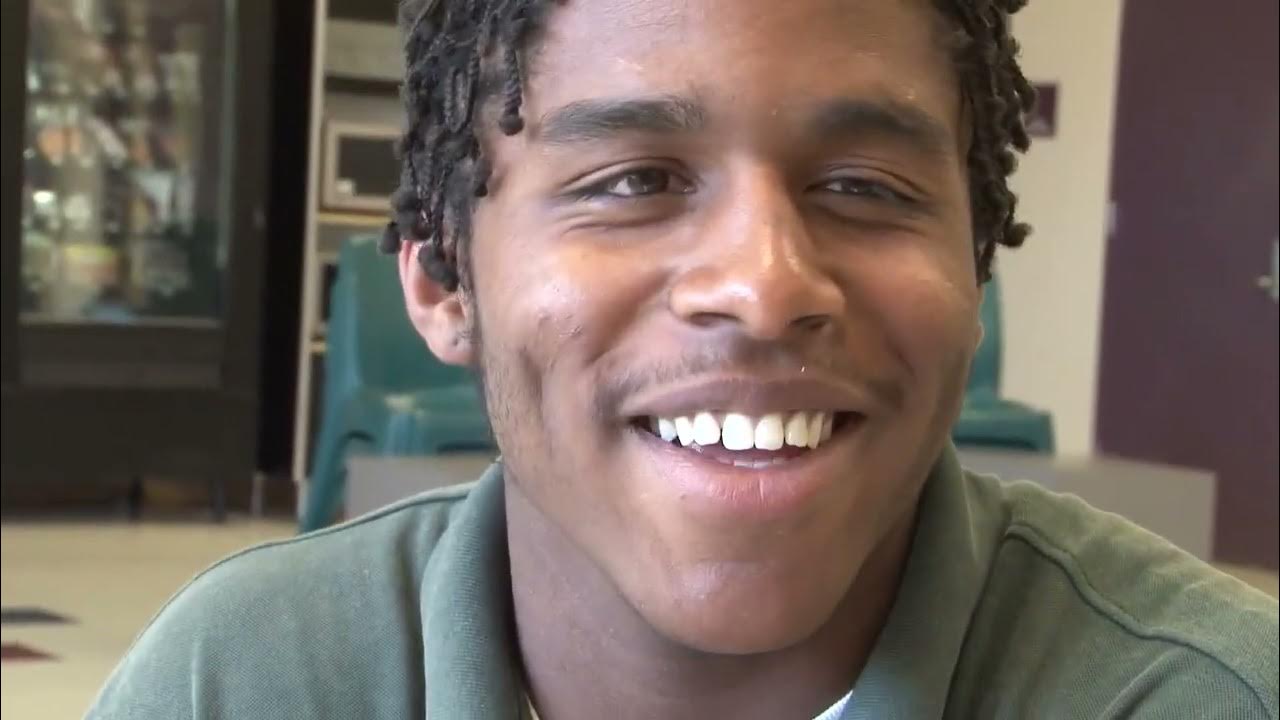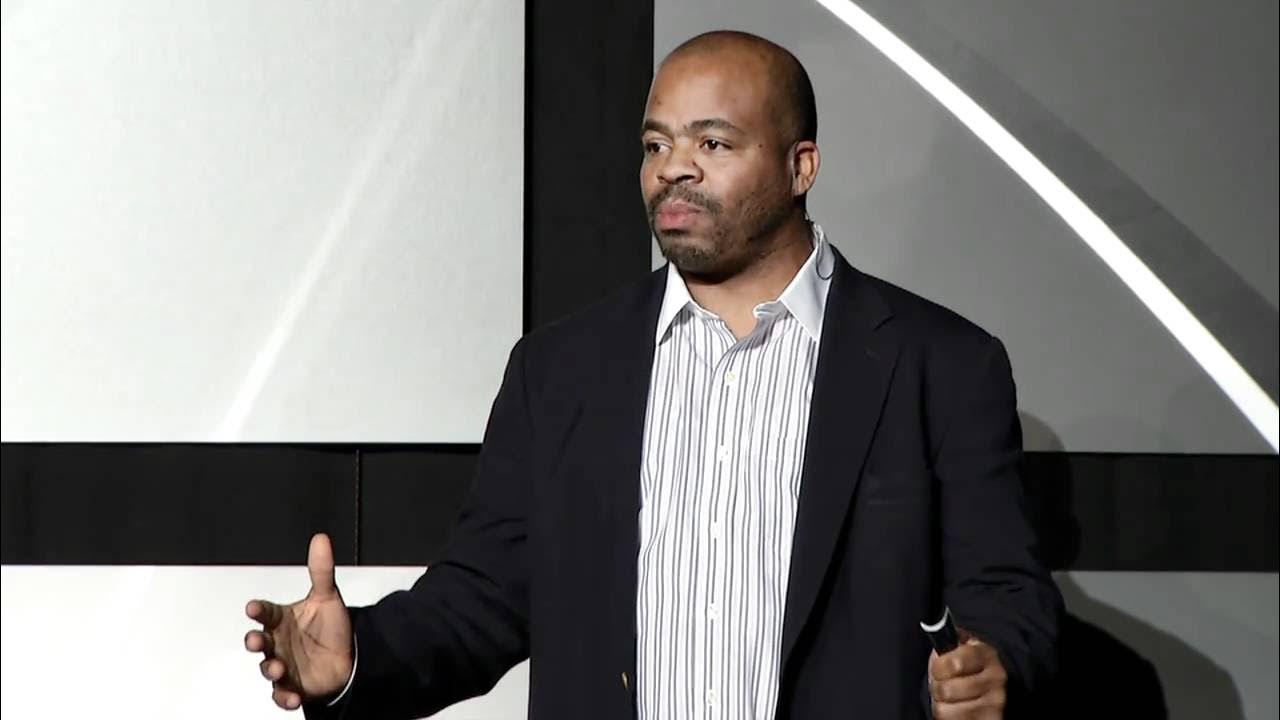America’s Juvenile Injustice System | Marsha Levick | TEDxPhiladelphia
TLDRThe video script discusses the irony and evolution of the American Pledge of Allegiance, highlighting the nation's struggle to fulfill its promise of 'justice for all,' particularly for children. It delves into the history of the juvenile justice system, from its well-intentioned inception to its current state, marred by corruption and mismanagement. The script shares personal stories of children who faced harsh punishments without due process, emphasizing the need for societal reflection and action to ensure justice in the juvenile system.
Takeaways
- 📜 The Pledge of Allegiance is recited by school children across America daily, symbolizing a collective commitment to justice for all, including children.
- 👶 The concept of justice for children in the U.S. has been an unfulfilled promise for over a century, despite good intentions and efforts.
- 🏛 The first juvenile court in the U.S. was established in 1899 in Cook County, Chicago, with the philosophy of treating children differently from adults in the justice system.
- 👨⚖️ The original juvenile court operated informally without lawyers, prosecutors, witnesses, or court reporters, and proceedings were held in secret.
- 📈 In the 1960s, the U.S. Supreme Court case of Gerald G. highlighted the disparity in how children were treated within the juvenile justice system, leading to reforms.
- 🛑 The Supreme Court recognized children's rights in 1967, ensuring they received legal representation and due process within the juvenile justice system.
- 🔄 The rise in crime rates in the late 1980s and early 1990s led to policies that pushed children into the adult criminal justice system, with severe punishments.
- 🚫 The Supreme Court intervened again between 2005 and 2012, banning juvenile death penalty, life without parole for non-homicide crimes, and mandatory life sentences without consideration of youth characteristics.
- 💔 The 'Kids for Cash' scandal in Luzerne County, Pennsylvania, revealed corruption and a disregard for children's rights, with thousands of children affected.
- 🎓 Despite setbacks, there are success stories like Hillary Transue, who was helped by the Juvenile Law Center and went on to complete college and pursue higher education.
- 🤝 The speaker challenges the audience to reflect on their role in upholding the promise of justice for all children and to actively participate in making justice a reality.
Q & A
What is the historical significance of the Pledge of Allegiance in American schools?
-The Pledge of Allegiance has been recited by school children across America every day, symbolizing a collective promise and commitment to the ideals of justice, liberty, and allegiance, despite the fact that young children may not fully understand the concepts.
Why was the first juvenile court established in the United States?
-The first juvenile court was established in 1899 in Cook County, Chicago, Illinois, by reform-minded citizens who believed that children should be treated differently from adults in the criminal justice system, focusing on rehabilitation and treatment rather than punishment.
How did the original juvenile court differ from the formal courtrooms we know today?
-The original juvenile court was informal, with no lawyers, prosecutors, witnesses, or court reporters present. It was conducted behind closed doors, emphasizing a conversational approach with the child rather than a formal legal proceeding.
What was the impact of the case of Gerald G. on the juvenile justice system in the United States?
-The case of Gerald G. brought to light the disparities and injustices within the juvenile justice system, leading the Supreme Court to recognize that children have rights under the Constitution, including the right to counsel, to confront witnesses, and to due process.
What reforms were made to the juvenile justice system after the Supreme Court's decision in 1967?
-Following the 1967 decision, children in the juvenile justice system gained rights such as court-appointed counsel, the right to confront and cross-examine witnesses, the right to proof beyond a reasonable doubt, and protection against double jeopardy.
Why did states begin to prosecute more children as adults in the 1990s?
-The rise in violent crime, including among juveniles, during the late 1980s and early 1990s led to a shift in policy, with states competing to be the toughest on juvenile offenders, resulting in many children being prosecuted as adults and facing harsh punishments.
What significant changes did the United States Supreme Court make regarding the treatment of children in the justice system between 2005 and 2012?
-Between 2005 and 2012, the Supreme Court issued a series of decisions that banned the juvenile death penalty, life without parole for non-homicide crimes, and mandatory life without parole for homicide crimes. The Court also required that the youthful characteristics of children be considered in sentencing.
What was the 'Kids for Cash' scandal, and how did it expose corruption within the juvenile justice system?
-The 'Kids for Cash' scandal involved two judges in Luzerne County, Pennsylvania, who were found to be receiving millions in bribes to ensure that children were sent to private, for-profit detention centers. This scandal highlighted the corruption and lack of due process for children in the juvenile justice system.
How did the experiences of Hillary Transue and Charlie Baggage illustrate the failures of the juvenile justice system?
-Both Hillary Transue and Charlie Baggage were sent to juvenile facilities for minor offenses without proper legal representation or due process. Their stories exemplify the systemic issues of injustice and over-punishment within the juvenile justice system.
What does the speaker suggest as a collective responsibility to improve the juvenile justice system?
-The speaker challenges the audience to reflect on their individual and professional roles in ensuring justice for all children, emphasizing that systems do not break promises, but people do, and that justice is something that society must actively create and uphold.
What is the significance of the phrase 'justice for all' in the context of the Pledge of Allegiance and the juvenile justice system?
-The phrase 'justice for all' in the Pledge of Allegiance represents a collective promise to secure justice for everyone, including children. The speaker uses this phrase to highlight the disparity between the ideal and the reality of the juvenile justice system, urging for a reevaluation and improvement of the system to truly deliver on this promise.
Outlines
📚 The Irony of the Pledge of Allegiance
This paragraph discusses the irony of American school children reciting the Pledge of Allegiance without fully understanding its meaning, especially the concept of 'justice for all.' It highlights the historical context of the pledge's introduction to schools and the establishment of the first juvenile court in Chicago, emphasizing the original intention to treat children differently from adults in the justice system. The paragraph also touches on the evolution of juvenile court proceedings, which initially lacked formalities and were conducted in secret, leading to a significant Supreme Court case in the 1960s that demanded more constitutional rights for children in the justice system.
🚨 The Shift in Juvenile Justice: From Rehabilitation to Punishment
The second paragraph delves into the transformation of the juvenile justice system in America, starting with the Supreme Court's recognition of children's rights in 1967. It describes how societal issues like the rise of crack cocaine and gun violence led to a shift in policies, pushing for harsher treatment of juvenile offenders, including trying them as adults. This resulted in severe punishments for young offenders, including the death penalty and life without parole. The paragraph also discusses the Supreme Court's later intervention to reverse these harsh policies, emphasizing the need for considering the unique characteristics of youth in sentencing.
📡 The Kids for Cash Scandal: A Wake-Up Call for Justice
This paragraph narrates the 'Kids for Cash' scandal in Luzerne County, Pennsylvania, where children were tried and sentenced without due process, and judges were implicated in a corruption scheme involving private detention centers. It recounts the stories of Hillary Transue and Charlie Bavage, whose lives were significantly impacted by these injustices. The scandal serves as a stark reminder of the broken promises of the juvenile justice system and the need for reform to ensure that children are treated fairly and with consideration for their age and potential for rehabilitation.
🌟 The Struggle for Justice: Personal Stories of Injustice
The fourth paragraph focuses on the personal experiences of young people who have been part of the juvenile and criminal justice systems. It emphasizes their perception of 'justice' as being synonymous with the injustices they faced, such as long incarceration periods, solitary confinement, inadequate education, and a lack of support upon reentering society. The stories of Marcus and Hillary are highlighted, with Hillary's eventual redemption and Marcus's ongoing struggle, illustrating the varied outcomes and the importance of a just system for all children.
🤝 Collective Pledge for Justice: A Call to Action
The concluding paragraph calls for a collective effort to fulfill the promise of 'justice for all' as stated in the Pledge of Allegiance. It reflects on the collective nature of the pledge and the responsibility each person has to ensure justice for children in America. The speaker challenges the audience to consider their role in upholding this promise and to work towards making justice a reality for all children, emphasizing that it is within human power to create a just society.
Mindmap
Keywords
💡Pledge of Allegiance
💡Justice for all
💡Juvenile court
💡Rehabilitation
💡Gerald G
💡Kicking the doors open
💡Kids for cash
💡Solitary confinement
💡Due process
💡Hill Transo
💡Youth characteristics
Highlights
School children across America recite the Pledge of Allegiance daily, yet many do not fully understand its concepts like justice, liberty, and allegiance.
The Pledge of Allegiance was originally created for children, who are the least able to grasp its meaning.
Justice for children remains one of America's great unfulfilled promises despite ongoing efforts.
The first juvenile court in the United States was established in Cook County, Chicago in 1899, focusing on rehabilitation over punishment.
By the 1920s, every state had a separate juvenile court system, emphasizing informal proceedings without punishment.
In 1967, the Supreme Court case of Gerald G revealed significant issues in the juvenile justice system, leading to constitutional protections for children.
Gerald G's case highlighted that juveniles were neither receiving adequate rehabilitation nor fair legal process.
Between the late 1980s and early 1990s, a surge in juvenile crime led to harsher penalties and the prosecution of children as adults.
States competed to be tough on juvenile crime, resulting in severe punishments, including the death penalty and life without parole for minors.
The Supreme Court intervened again between 2005 and 2012, issuing rulings that prohibited the death penalty and mandatory life sentences for juveniles.
The 'Kids for Cash' scandal in Luzerne County, Pennsylvania, exposed judicial corruption and severe mistreatment of juveniles.
Children in Luzerne County were often denied legal representation and sent to detention for minor offenses.
The 'Kids for Cash' documentary highlighted the extent of judicial corruption in Luzerne County.
Despite reforms, many children still face injustices in the juvenile justice system, including long incarcerations and inadequate educational opportunities.
The collective recitation of the Pledge of Allegiance reflects a shared promise to secure justice for all, including children.
Transcripts
Browse More Related Video

Les obèses, le big business | Documentaire

Kids In Prison Then & Now - 13 Years Later, What Happened To These Boys? Akheem & Paul's Stories

Juvenile Prison Documentary: Prison Orphan

G4S Arrests: Three former Department of Juvenile Justice employees arrested for multiple felonies

Bullying in Spain's schools | DW Documentary

TEDxStLouis - Andre Norman - How to Fix the American Prison System
5.0 / 5 (0 votes)
Thanks for rating: